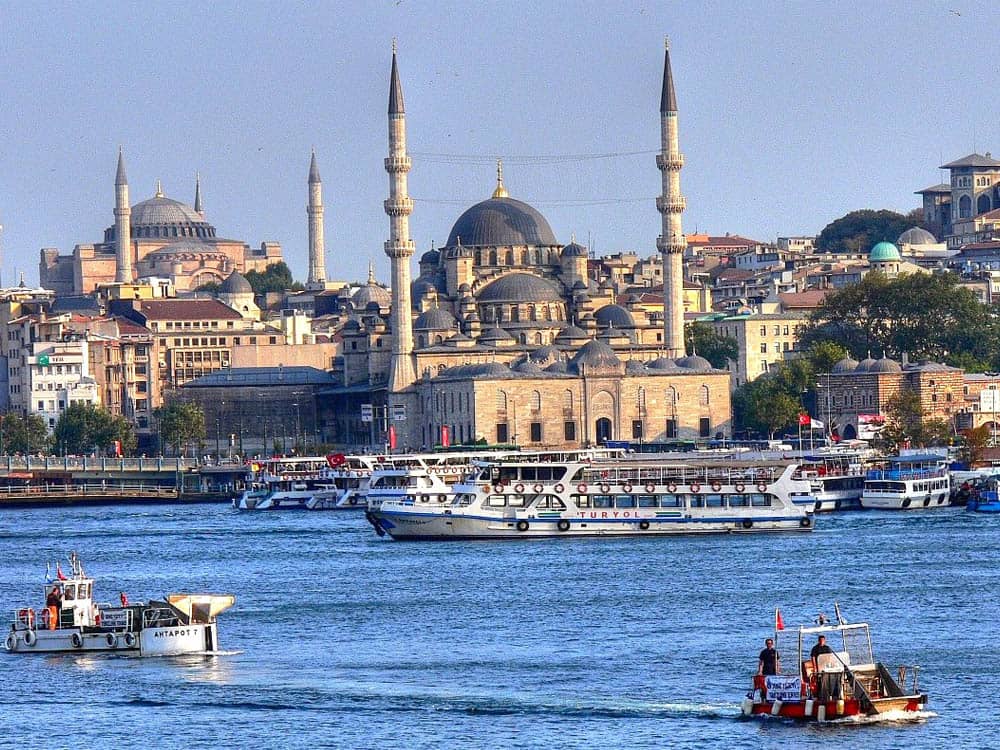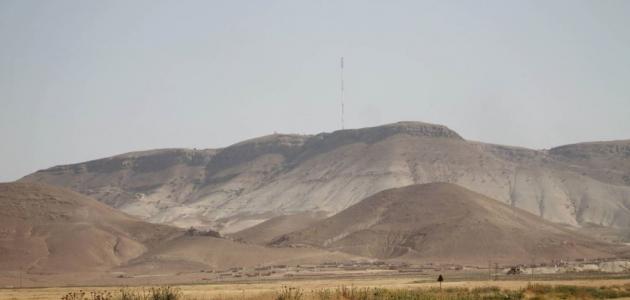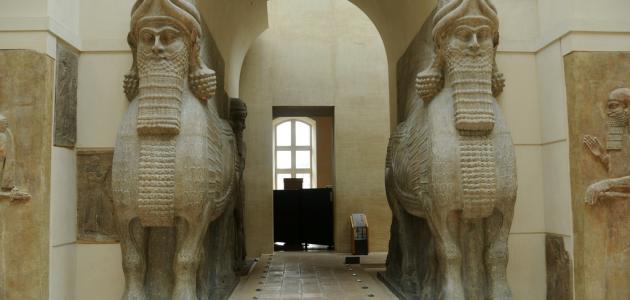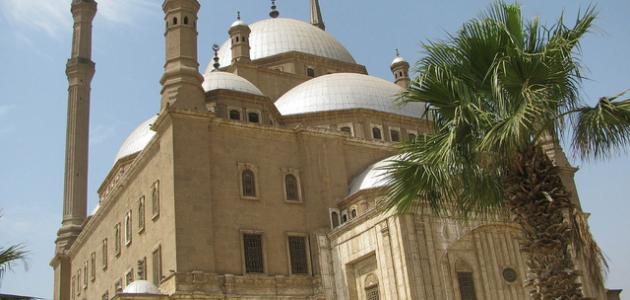Table of Contents
Saudi Arabia
The Kingdom of Saudi Arabia is a country located in the region of the Arabian Peninsula, specifically in the southwestern part of the continent of Asia, and is classified as the third largest country in Asia after both China and India. Jordan, Iraq, Kuwait, Qatar, the Emirates, Oman and Yemen share in its geographical borders, as they are near the Red Sea, so the geographical area of Saudi Arabia is the most extended along the majority of the regional and political borders within the Arabian Peninsula.
The capital of Kingdom of Saudi Arabia
The city of Riyadh is considered the national capital of the Kingdom of Saudi Arabia, but its name is derived from the plural of the word Rawda, due to its natural area in which meadows and green gardens are spread. The desert climate in which it was found, especially in the twentieth century AD, and the developments in it in all political and economic fields. Riyadh contains many civilizational landmarks, such as public and religious buildings, as there are approximately 4000 mosques, shopping centers, local and international companies and institutions, and many other landmarks.
Date
The history of the Kingdom of Saudi Arabia dates back to the ruling family of the Al Saud who established the first cities in Saudi Arabia, and the city of Diriyah was the center of Saudi rule in the Najd region, which was divided into a group of Emirates. In 1745 AD, an Islamic state was established in most of the Emirates that accepted joining Najd, and the first Saudi state extended until it spread to most of the Levant and Iraq regions.
This rapid growth of the Saudi state constituted a form of fear among the Ottoman Empire, which led to its endeavor to attack Saudi Arabia, and an army led by Ahmed Touson was dispatched, and a war broke out that led to the end of the existence of the first Saudi state in 1817 AD, and after years the second Saudi state appeared in 1843 AD When Prince Turki bin Abdullah became Emir of the state, he managed to control many lands in the Arabian Peninsula, but the second Saudi state ended in 1892 AD.
In the year 1902 AD, the third Saudi state emerged, which still exists until this time. King Abdulaziz Al Saud managed to restore the city of Riyadh to the Saudi state, and in 1913 AD he managed to impose his control on most coastal lands belonging to the coasts of the Persian Gulf. In 1919 AD, King Abdulaziz succeeded in annexing the Asir region to Saudi Arabia, and then in 1924 AD he managed to annex both Makkah and Jeddah to Saudi lands, and in 1932 AD, the Saudi regions were unified, and King Abdulaziz issued a decision calling it the name of the Arab Kingdom Saudi.
Geographical topography
The total geographical area of the Kingdom of Saudi Arabia reaches 2,248,000 km2, which is equivalent to four fifths of the total area of the Arabian Peninsula, and most of its terrain is desert and dry, due to the lack of water bodies on most of its lands, although most of the valley areas in Saudi Arabia overflow in water during a season Rain. Geographical lands in Saudi Arabia are a diversification of terrain, as they include plateaus, mountains, ancient volcanic highlands, various plains, valleys, atolls, and sandy desert areas, and are spread across four geographical regions, namely the mountains of Asir and Hijaz, the plateau of the desert, the desert desert, and the desert desert The eastern coastal.
the climate
The prevailing climate in the Kingdom of Saudi Arabia is considered a desert climate, as it is characterized by severe drought and less rainfall during the year, but due to the large geographical area of Saudi Arabia, its climatic characteristics varied, as in the summer season temperatures rise to reach their highest rates due to the proximity of the equator, and the severity of the impact The sun’s rays, and the average temperature in July reaches 26 degrees Celsius, while in the coastal areas is approximately 37 degrees Celsius, and the winter season witnesses moderate temperatures, but in January it may drop to reach the freezing point.
demographics
The estimated number of the population of the Kingdom of Saudi Arabia is approximately 28,160,273 people, and the origins of most of the population belong to the Arabs who settled in the Arabian Peninsula by 90%, while the remaining percentage, which constitutes 10%, is for immigrants from different countries. The Arabic language is the official language of Saudi Arabia, and Islam is the official religion and the most widespread in all regions of the Kingdom of Saudi Arabia.
Economy
The private economy in the Kingdom of Saudi Arabia is considered one of the economic sectors that are experiencing continuous development, as it depends on economic activities related to oil, as Saudi Arabia possesses 16% of the world’s oil reserves, which led to its classification as the largest source of oil in the world, and the oil trade sector contributes to Saudi Arabia, about 87% of the total financial budget, and 42% of the gross domestic product. The Saudi economic sector is also encouraged by foreign investments in the private sector, especially in the fields of business and services, which contributed to creating many jobs, together For Saudi citizens or residents of other countries, and in recent years, work has been done to privatize some sectors in order to contribute to supporting the economy in Saudi Arabia.








